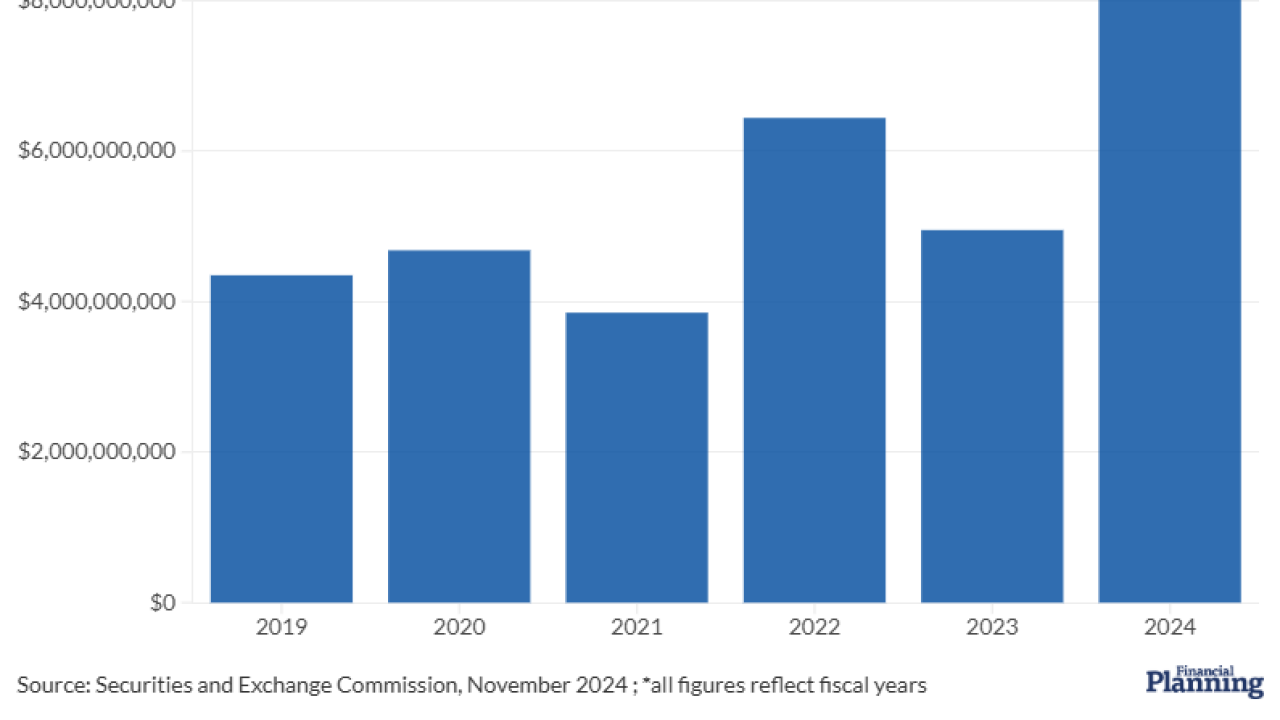Mother Nature has been on a tear this year and Hurricane Michael is just the latest natural disaster to ravage the United States. The importance of savvy, strategic financial advice for clients cannot be overstated during a crisis.
Many clients impacted by a catastrophe need cash in short order to help them fund transportation, home repairs, remodels or even get a small business up and running again.
So, what are the best ways for clients to tap assets for cash while minimizing penalties?

- In times of crisis, cash is truly king. Chances are, credit and debit cards won’t be useable. As a guideline, one month’s worth of expenses in cash would be a good place to start. Having small bills and small denominations of gold coins on hand could make a big difference in allowing them to get the help they need. Make sure clients have a secure vault or safety deposit box to hold cash or gold.
- Your clients’ next stop may be their workplace retirement plan. Prior hurricanes prompted the Disaster Tax Relief and Airport and Airway Extension Act of 2017. If these rules are extended for Hurricane Michael, it would allow for more generous access to retirement funds. For example, it would allow for up to $100,000 per person to be taken from a retirement plan versus the $50,000 cap under normal ERISA law.
- They might consider a 401(k) hardship withdrawal. This option allows clients to withdraw money from their 401k plan based on an immediate hardship. With a hardship withdrawal, clients can only take contributions out without incurring a penalty or taxation. Earnings would be both taxed and the 10% penalty would apply.
- A 401(k) loan is another consideration. If the client has more earnings than contributions, a loan out of their retirement plan might be more beneficial than a hardship withdrawal. This is because clients are not taxed on a 401(k) loan unless they default. Both earnings and contributions are tax free. The limit on a 401(k) loan is 50% of the vested balance up to $50,000 as long as the plan document allows for loans. Once again, if the disaster relief act is extended for Hurricane Michael, there would be a one-year delay before loan repayments begin.
- FEMA may provide clients with some resources. Once a client is approved by FEMA, they may receive a check or direct deposit within a few days and FEMA relief is not taxable. For more information, review the FEMA web site at
www.fema.gov . - Many people do not realize that the Small Business Administration has money available for disaster relief. If small-business-owner clients who have been impacted by a natural disaster, direct them to the SBA for possible assistance. SBA assistance comes in the form of low-interest loans to help small businesses following a natural disaster. Special note for advisors: This assistance is also available to financial planners. Apply at
https://disasterloan.sba.gov/ela .
Natural disasters are a fact of life. Don’t let them become a financial disaster for clients or for yourself. Understanding the available options is the first step on the road to recovery.





